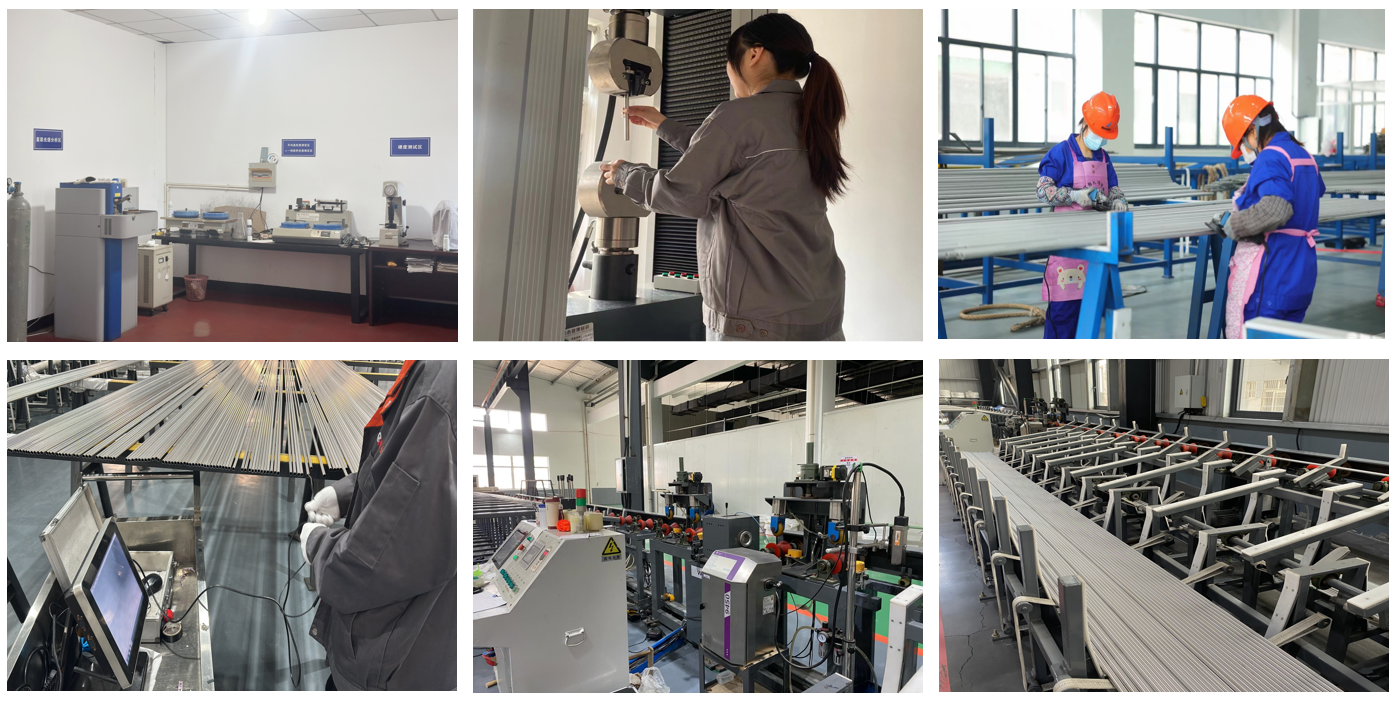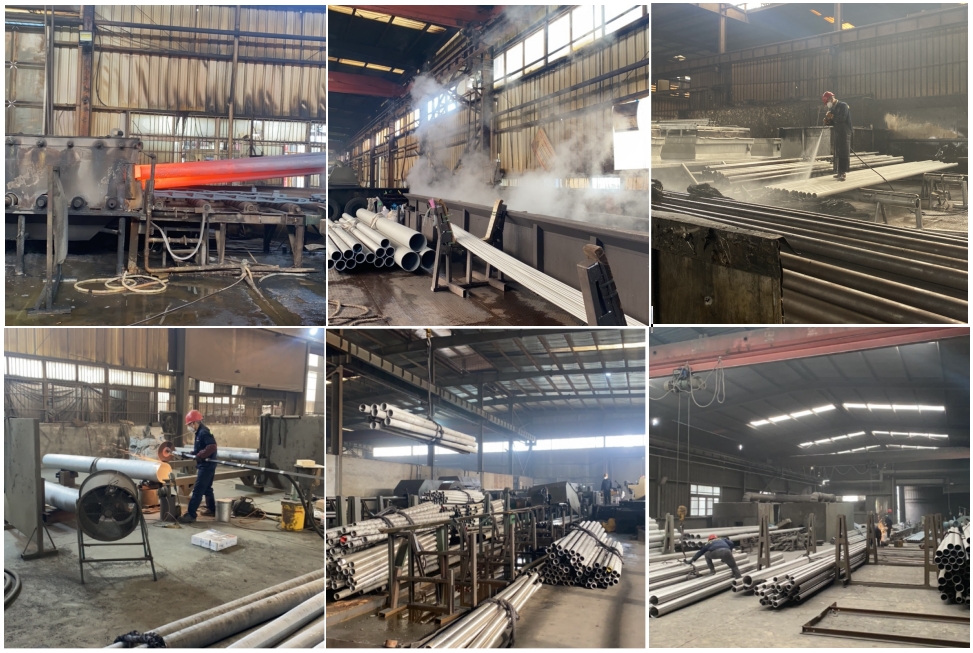| Availability: | |
|---|---|
| Quantity: | |
304H is a high-carbon content austenitic stainless steel, a variant of 304, mainly used in high-temperature environments. It is widely applied in industries such as chemical engineering, petroleum, power generation (especially boilers and pressure vessels), and food processing.
304H is specifically designed for high-temperature applications. Its high carbon content (0.04%-0.10%) gives it excellent creep resistance, making it an ideal choice for high-temperature components such as boilers, pressure vessels, and heat exchangers. It inherits the excellent corrosion resistance, plasticity, and weldability of the standard 304 material. The biggest drawback is that there is a significant risk of sensitization and intergranular corrosion after welding and exposure to high temperatures. Therefore, when choosing this material, it is necessary to carefully assess the usage environment (especially the corrosiveness). In high-temperature, non-corrosive, or mild corrosive environments, 304H exhibits excellent performance and is an economical choice.
The chemical composition:
C | Si | Mn | P | S | Ni | Cr |
0.04-0.10 | ≤1.0 | ≤2.0 | ≤0.045 | ≤0.03 | 8-11 | 18-20 |
Mechanical properties
tensile strength( Mpa) | 0.2% yield strength ( Mpa) | Elongation A5(%) | |
≥515 | ≥205 | ≥35 |
Density: 7.93g/cm3

304H is a high-carbon content austenitic stainless steel, a variant of 304, mainly used in high-temperature environments. It is widely applied in industries such as chemical engineering, petroleum, power generation (especially boilers and pressure vessels), and food processing.
304H is specifically designed for high-temperature applications. Its high carbon content (0.04%-0.10%) gives it excellent creep resistance, making it an ideal choice for high-temperature components such as boilers, pressure vessels, and heat exchangers. It inherits the excellent corrosion resistance, plasticity, and weldability of the standard 304 material. The biggest drawback is that there is a significant risk of sensitization and intergranular corrosion after welding and exposure to high temperatures. Therefore, when choosing this material, it is necessary to carefully assess the usage environment (especially the corrosiveness). In high-temperature, non-corrosive, or mild corrosive environments, 304H exhibits excellent performance and is an economical choice.
The chemical composition:
C | Si | Mn | P | S | Ni | Cr |
0.04-0.10 | ≤1.0 | ≤2.0 | ≤0.045 | ≤0.03 | 8-11 | 18-20 |
Mechanical properties
tensile strength( Mpa) | 0.2% yield strength ( Mpa) | Elongation A5(%) | |
≥515 | ≥205 | ≥35 |
Density: 7.93g/cm3






Company has 40 senior technicians, and meanwhile get the Quality Management Certification of ISO9001-2015 & PED 2014/68/EU and other related important certifications in industries. Such as DNV/ABS/TUV/Environment Management ISO 14001:2015/OHSMS Certification/Production License of Special Equipment P.R.C./US ASME Quality system certification and other Technology & Innovative Achievement Rewards.

Company has 40 senior technicians, and meanwhile get the Quality Management Certification of ISO9001-2015 & PED 2014/68/EU and other related important certifications in industries. Such as DNV/ABS/TUV/Environment Management ISO 14001:2015/OHSMS Certification/Production License of Special Equipment P.R.C./US ASME Quality system certification and other Technology & Innovative Achievement Rewards.